
Leo Kottke is an acoustic guitarist. He is known for a fingerpicking style that draws on blues, jazz, and folk music, and for syncopated, polyphonic melodies. He has overcome a series of personal obstacles, including partial loss of hearing and a nearly career-ending bout with tendon damage in his right hand, to emerge as a widely recognized master of his instrument. He resides in the Minneapolis area with his family.

Further Seems Forever is an American rock band formed in 1998 in Pompano Beach, Florida. Over its initial eight-year run the band experienced several lineup changes, resulting in a different lead vocalist performing on each of their first three studio albums. Original singer Chris Carrabba recorded The Moon Is Down (2001) with the group before leaving to start Dashboard Confessional. He was replaced by Jason Gleason, who performed on How to Start a Fire (2003) but left the band the following year. Former Sense Field vocalist Jon Bunch joined Further Seems Forever for Hide Nothing (2004). The band broke up in 2006 but reunited four years later with Carrabba on vocals. Their fourth studio album, Penny Black, was released in 2012.
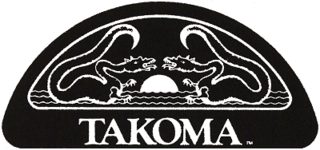
Takoma Records was a small but influential record label founded by guitarist John Fahey in the late 1950s. It was named after Fahey's hometown, Takoma Park, Maryland, a suburb of Washington, D.C.
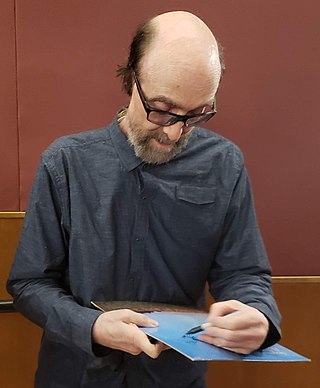
George Otis Winston III was an American pianist who was an established contemporary instrumental music performer. Best known for his solo piano recordings, Winston released his first album in 1972, and came to prominence with his 1980 album Autumn, which was followed in 1982 by Winter into Spring and December, all three became platinum-selling albums, with December becoming a triple-platinum album. A total of 16 solo albums were released, accumulating over 15 million records sold, with the 1994 album Forest earning Winston a Grammy award for Best New Age Album. Winston received four other Grammy nominations, including one for Best Children's Music Album, performed with actress Meryl Streep, and another for Best Contemporary Instrumental Album for his interpretation of works by the rock band the Doors.
Peter Lang is an acoustic guitarist who recorded for Takoma Records with John Fahey and Leo Kottke.

The Transfiguration of Blind Joe Death is a 1965 album by American fingerstyle guitarist and composer John Fahey. Originally issued in a hand-lettered edition of 50, it was Fahey's first album to be released by a label other than his own Takoma Records. As with all of Fahey's independently released early albums, it had little critical recognition upon release. The album has grown in stature since its reissue on CD in 1997 and is now highly regarded critically. It was Fahey's fourth album to see release, though after his fifth album, The Great San Bernardino Birthday Party & Other Excursions, was labeled Guitar Vol. 4, reissues of The Transfiguration of Blind Joe Death were subtitled John Fahey, Volume 5.
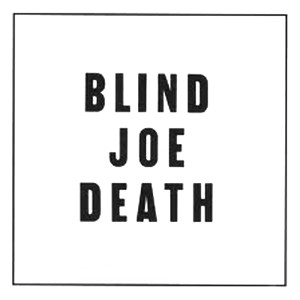
Blind Joe Death is the first album by American fingerstyle guitarist and composer John Fahey. There are three different versions of the album, and the original self-released edition of fewer than 100 copies is extremely rare.

John Aloysius Fahey was an American fingerstyle guitarist and composer who played the steel-string acoustic guitar as a solo instrument. His style has been enormously influential and has been described as the foundation of the genre of American primitive guitar, a term borrowed from painting and referring mainly to the self-taught nature of the music and its minimalist style. Fahey borrowed from the folk and blues traditions in American roots music, having compiled many forgotten early recordings in these genres. He would later incorporate 20th-century classical, Portuguese, Brazilian, and Indian influences into his work.

Death Chants, Breakdowns & Military Waltzes is a 1963 album by American fingerstyle guitarist and composer John Fahey. Various sources show either a 1963 or 1964 original release. It was Fahey's second release and the first to gain a national distributor.
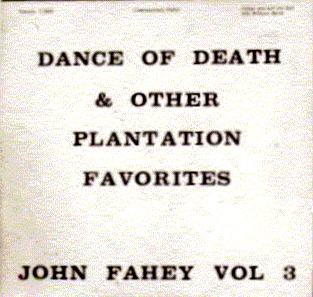
The Dance of Death & Other Plantation Favorites is the third album by American fingerstyle guitarist and composer John Fahey, released in 1965. The 1999 reissue contained four previously unreleased tracks.

Requia is the eighth album by American fingerstyle guitarist and composer John Fahey. Released in November 1967, it was the first of Fahey's two releases on the Vanguard label. It originally received hostile reviews from music critics, particularly for its musique concrète experimentation. It has since been recognised as precursor to new-age music, and has been re-released multiple times, including by Terra in 1985, Vanguard in 1997 and 1998 and Ace in 1998.

After the Ball is an album by the American folk musician John Fahey, released in 1973. It was his second and last recording on the Reprise label and like its predecessor, Of Rivers and Religion, it sold poorly.

The Best of John Fahey 1959–1977 is a compilation album by American fingerstyle guitarist and composer John Fahey, released in 1977. The songs are collected from four of Fahey's dozen or so releases up to that point.

John Fahey Visits Washington D.C. is an album by American fingerstyle guitarist and composer John Fahey, released in 1979.

City of Refuge is an album by American fingerstyle guitarist and composer John Fahey, released in 1997. It was his first original release in over five years and helped start his career resurgence.
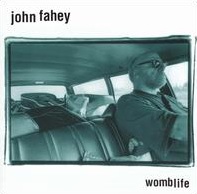
Womblife is an album by American fingerstyle guitarist and composer John Fahey, released in 1997. It was one of three releases by Fahey that year.
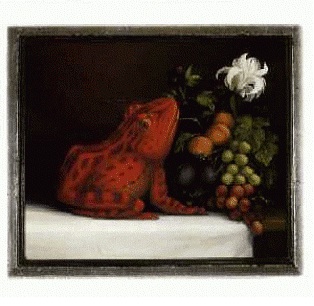
The Epiphany of Glenn Jones is an album by American fingerstyle guitarist and composer John Fahey and the alternative rock/post-rock band Cul de Sac, released in 1997.

Sea Changes & Coelacanths: A Young Person's Guide to John Fahey is a compilation album by American fingerstyle guitarist and composer John Fahey, released in 2006.

Vanguard Visionaries is the title of a compilation recording by American fingerstyle guitarist and composer John Fahey, released in 2007.
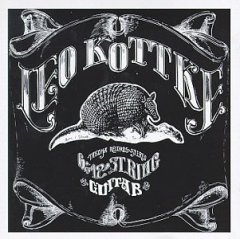
6- and 12-String Guitar is the second album by Leo Kottke, a solo instrumental steel-string acoustic guitar album originally released by John Fahey's Takoma Records in 1969. It is popularly known as the Armadillo album after the animal illustrated in the distinctive cover art. Although Kottke has had a prolific career as a recording artist, 6- and 12-String Guitar remains his best-known album.



















